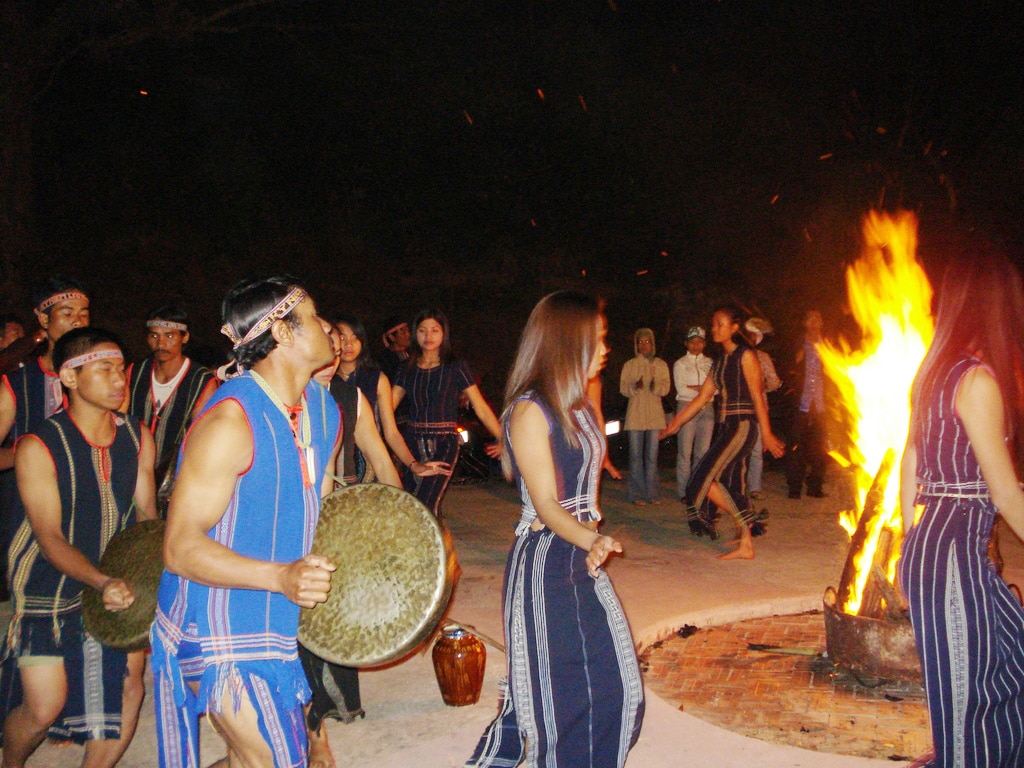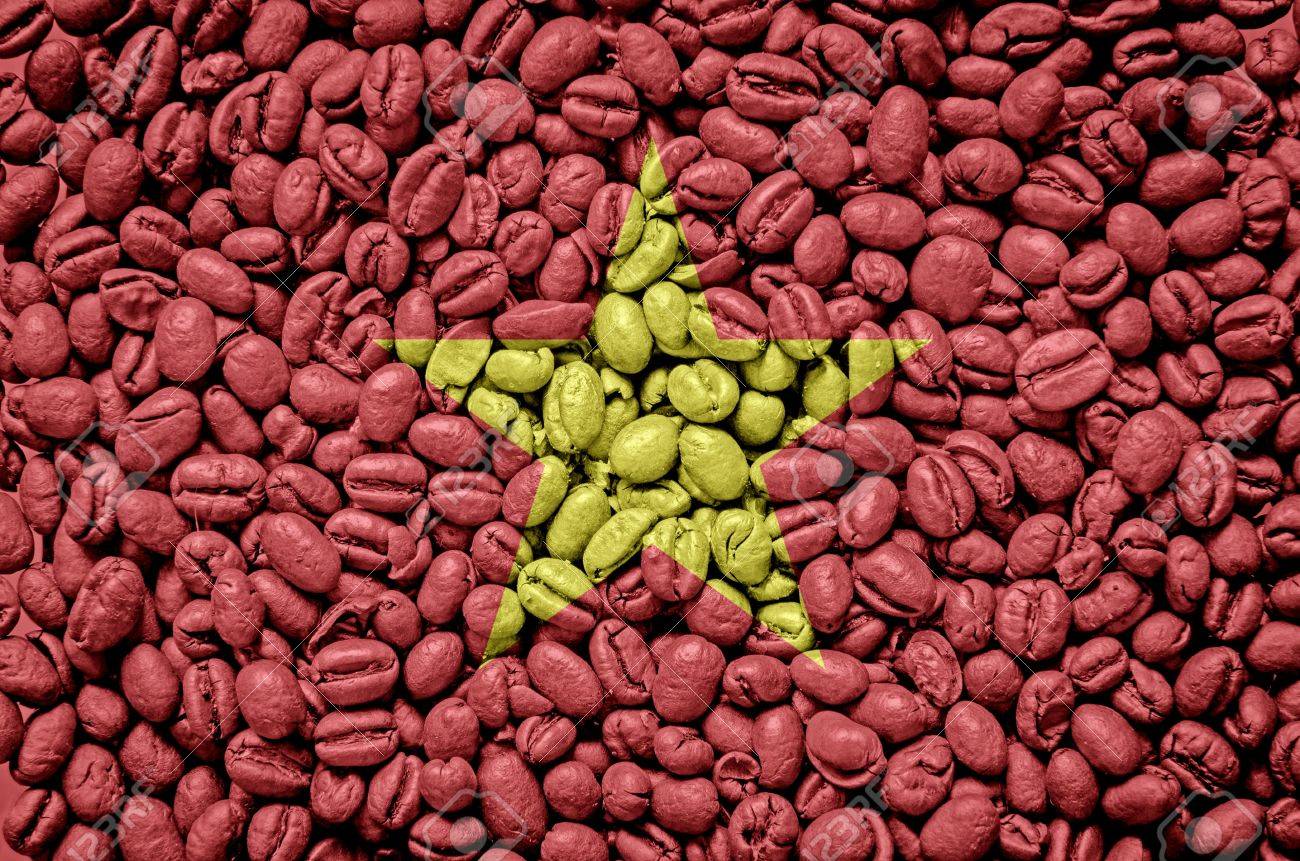Backstory
My Vietnam journey started in the summer of 2016, I´m originally from a small European country Slovakia. After I turned 30 I have been thinking for a while about doing something outside of my comfort zone. See a little bit more of the world and take a trip to some exotic location. I never have been much of a traveler or adventurer but after some research, I convinced three friends to join me for a month-long vacation in Nha Trang, a beautiful beach destination in Vietnam.
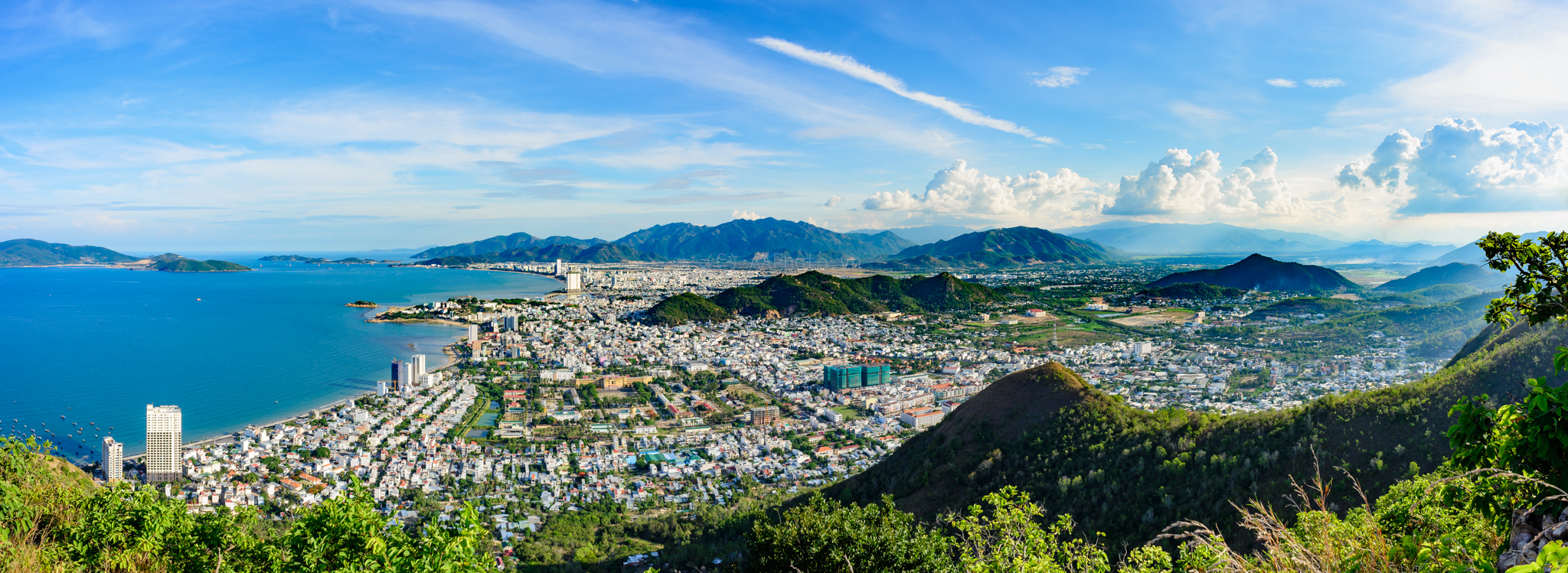
In Vietnam
Nha Trang, with its breathtaking coastline and “chill” vibe, started to grow on me almost immediately. I quickly fell in love with the city, its vibrant culture, delicious food, and the warmth and hospitality of the Vietnamese people. Halfway through our trip, I found myself thinking and looking for reasons to stay longer.
Farmer Girl Lim
A few days before I was supposed to fly back home, I received a strange message. I don’t remember it word for word, but it went something like this:
"Hi, me Lim. Dalat lost Nha Trang 3 hours, me want speak English."
I stared at the message for a few minutes, trying to make sense of it. After some quick googling, I figured out that this person, named Lim, was trying to say she lived in a city called Dalat, about 140 kilometers from Nha Trang, and wanted to practice English. That’s how our conversation began. We started talking daily, though I wouldn’t exactly call it a conversation. Most of the time, I asked questions, and she responded with a simple yes or no.
A couple of times a day, she'd ask me, "Did you eat yet?" At first, I found it odd. Why was she so interested in whether or not I had eaten? It felt a bit random. But now, I understand it as a polite and very common expression of care in Vietnamese culture. Despite the awkward language barrier, I felt an immediate and strong connection with her. There was something about Lim that stood out. She seemed very special, genuine, and humble.
By this point, I was already feeling unsure about heading back home. After a couple of days of messages, Lim sent me some photos and I was very surprised she didn’t even look like a typical Vietnamese girl. Turns out she belongs to one of the ethnic minorities in Vietnam called K´ho. Hopefully, these images will help you understand why, instead of boarding a flight, I found myself on the road to Dalat.


A Date on the Other Side of the World
In retrospect, I probably should’ve done a bit more research on this mysterious city of Dalat like the fact that it sits at 1,500 meters above sea level. After spending a month in tropical Nha Trang, dressed like your typical tourist in shorts, a t-shirt, and flip-flops, I was completely unprepared for the temperature shock of a mountain town.
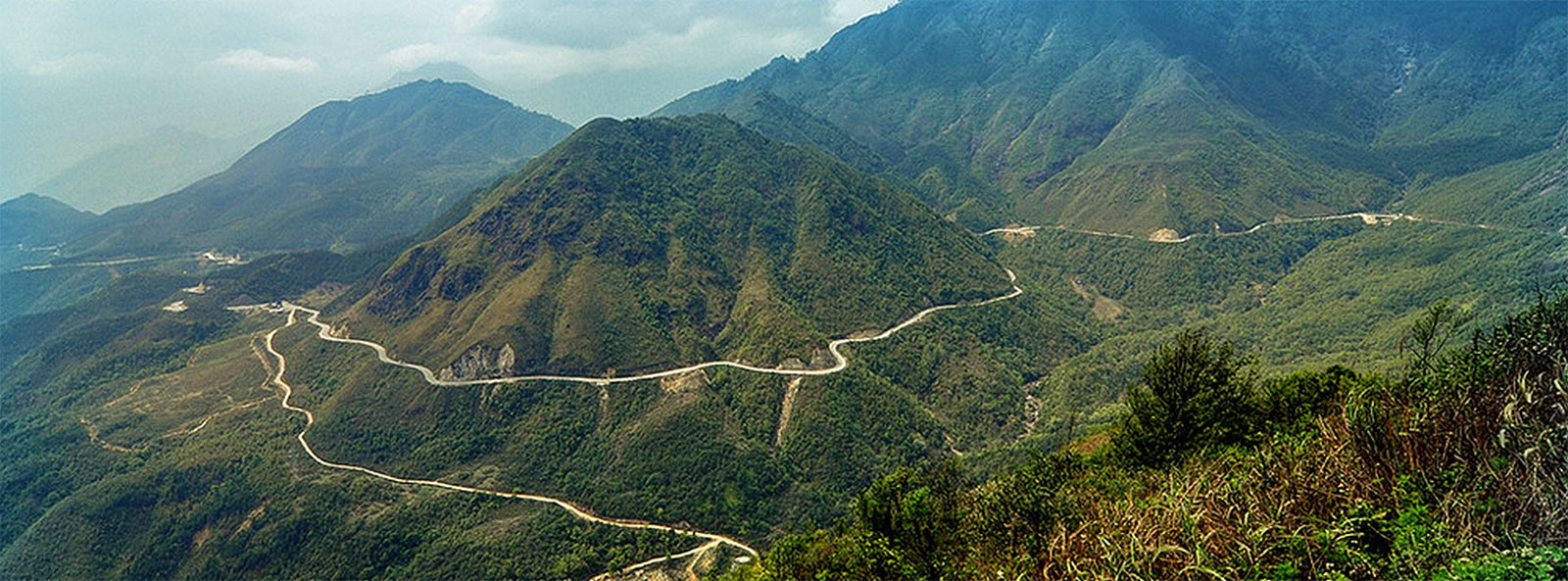
I was sitting in a small restaurant near the Dalat market, waiting for Lim. We had agreed to meet there, but she was already more than half an hour late. She wasn’t answering her phone or replying to my messages. I began to have second thoughts about coming to a city I knew nothing about, wondering if she would actually show up. What was I thinking? Obviously, this shy farm girl isn't going to show up to meet some foreign guy. I was feeling exhausted, cold, and frustrated with myself for being so naive.
Just as I was about to give up and find a hotel for the night, I saw her. A small girl walking towards me, even more beautiful than she appeared in her pictures. The first moments were painfully awkward, filled with silence and shy smiles, but as the evening went on, things surprisingly improved despite the language barrier.
After that first meeting, we began spending weekends together in either Dalat or Nha Trang over the next few months. At the time, I still preferred the beach life in Nha Trang over the mountains. But after about six months, she was able to convince her family to let her leave the farm and move to Nha Trang with me.
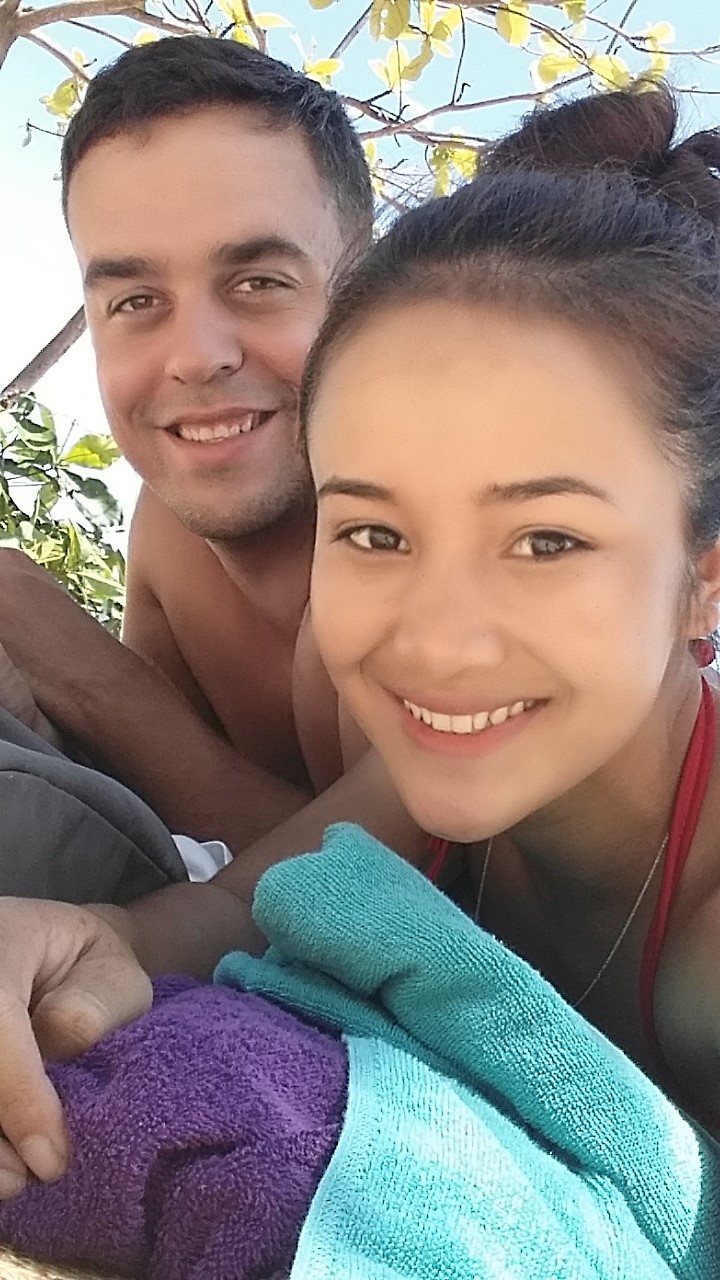
Coffee Beginnings
By this time, I had already begun to see Vietnam as my home. Lim and I would frequently visit her family in a small village under Langbiang Mountain. Each visit left me struck by the contrast in quality of life. People lived in extremely modest conditions, with no showers, running toilets, or Wi-Fi. Most of the food was still cooked over an open fire, and water was drawn from an underground well next to their neighbor's house, shared by 5-6 families. At that point, I wasn’t particularly interested in coffee, nor did I drink it regularly, but every time we returned to our apartment in Nha Trang, I couldn’t stop thinking of why coffee farmers lived under such difficult conditions.
Curious, I started researching about coffee industry and that’s when I first stumbled across the term "specialty coffee." As sometimes I observed farmers carrying heavy sacks of coffee cherries down from the mountains, I was gaining more and more respect towards the people and their hard work. At that time in 2017, specialty coffee was just in the very beginning in Vietnam with very few pioneering producers and roasters. When I found out that Lim´s family is growing arabica, which accounts for only 5% of Vietnam´s total coffee production in very high altitudes, I became instantly captivated by the idea of producing something high-end.
We both started drinking and learning about coffee together. Despite Lim’s family having farmed coffee for generations, they had never actually tasted their own product. This was shocking to me. I compared it to winemakers or brewers in Europe, how could they know the quality of what they were producing if they’d never tasted it? They always sold their coffee cherries, either fresh or dried, which were then processed into lower-quality commercial coffee.
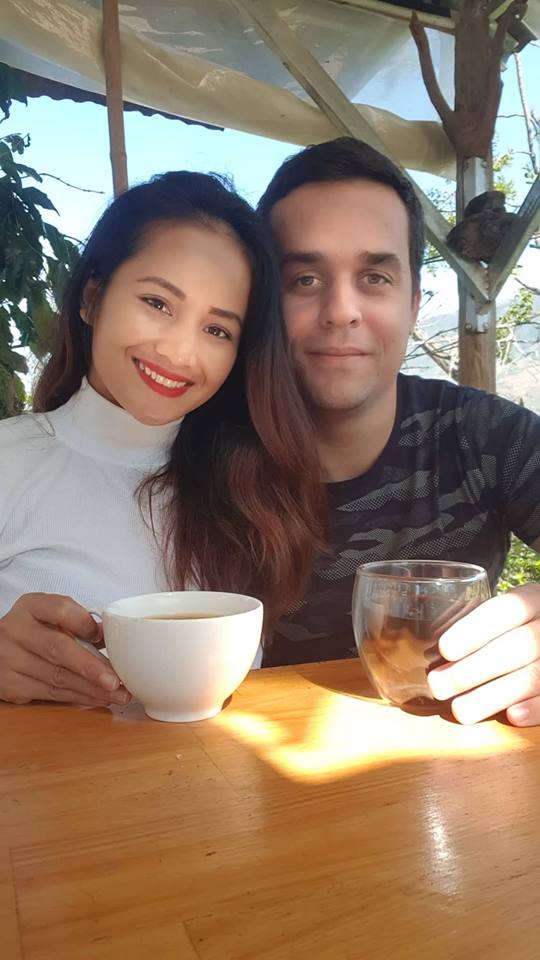
Lim eventually spent six months working as a barista in the café. Meanwhile, with my background in IT, I found myself more interested in roasting. It was a perfect balance as we could complement each other’s skills. I bought a small roasting machine with data-logging software, rented a space in a local café in Nha Trang, and started practicing. I managed to get my hands on some foreign beans and instantly fell in love with light, fruity roasts, getting inspiration from the Nordic specialty coffee culture.
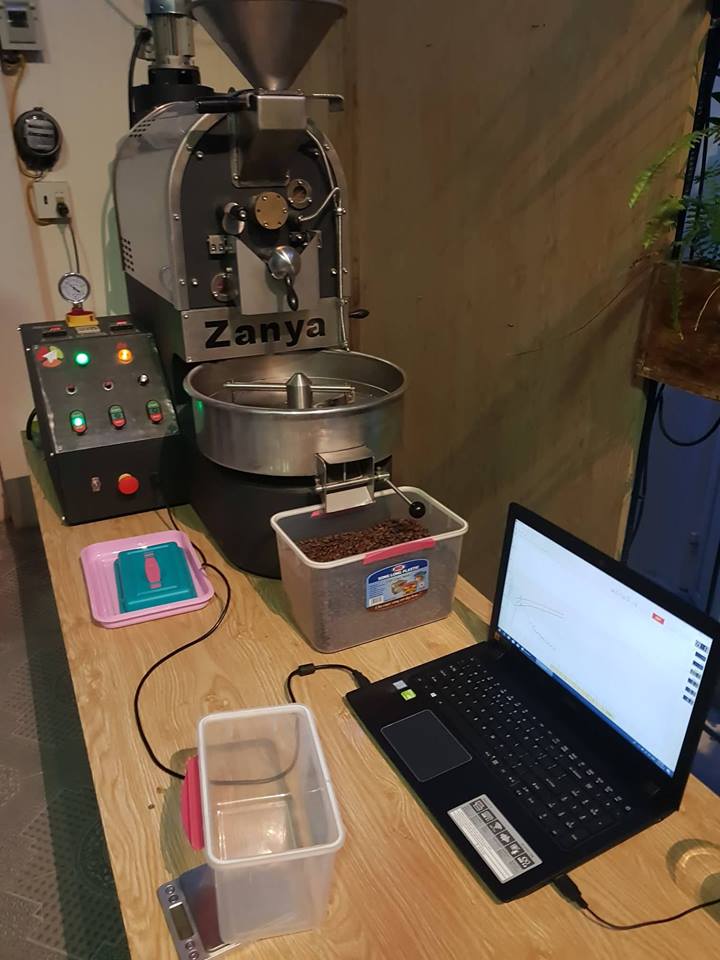
There was only one piece of the puzzle left: with Lim’s close and extended family already owning several coffee farms, why not take control of the entire process ourselves? By the end of 2018, we made the decision to move back to Lim’s family village and build a small processing facility at the foot of Langbiang Mountain, right where coffee had been grown for generations.
Continue to part two →


